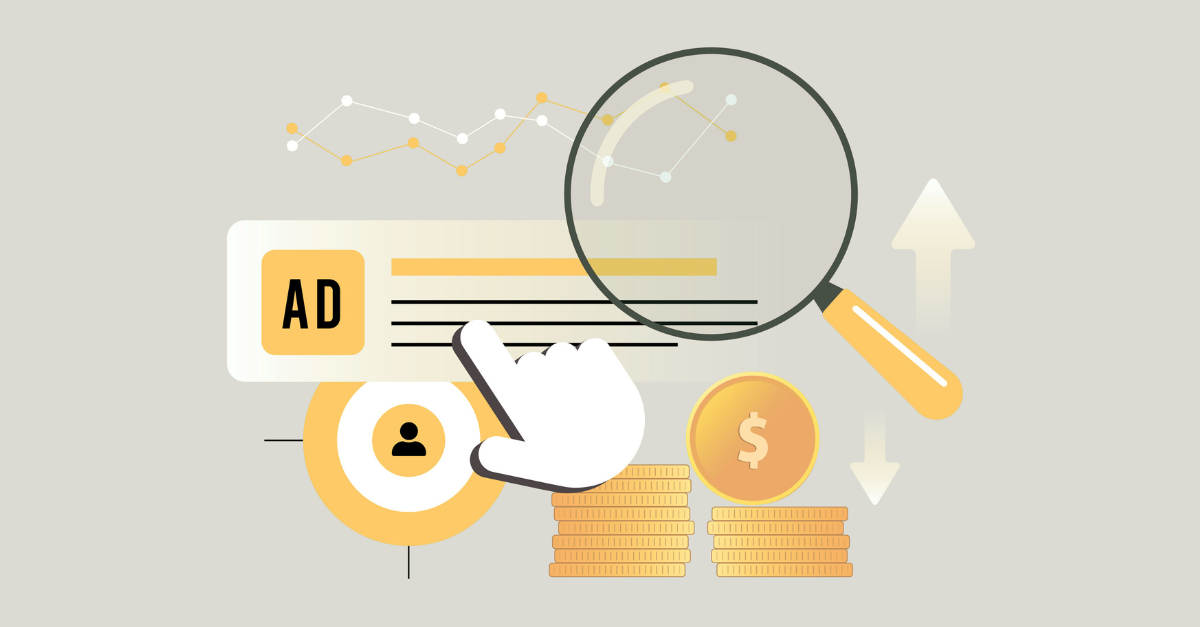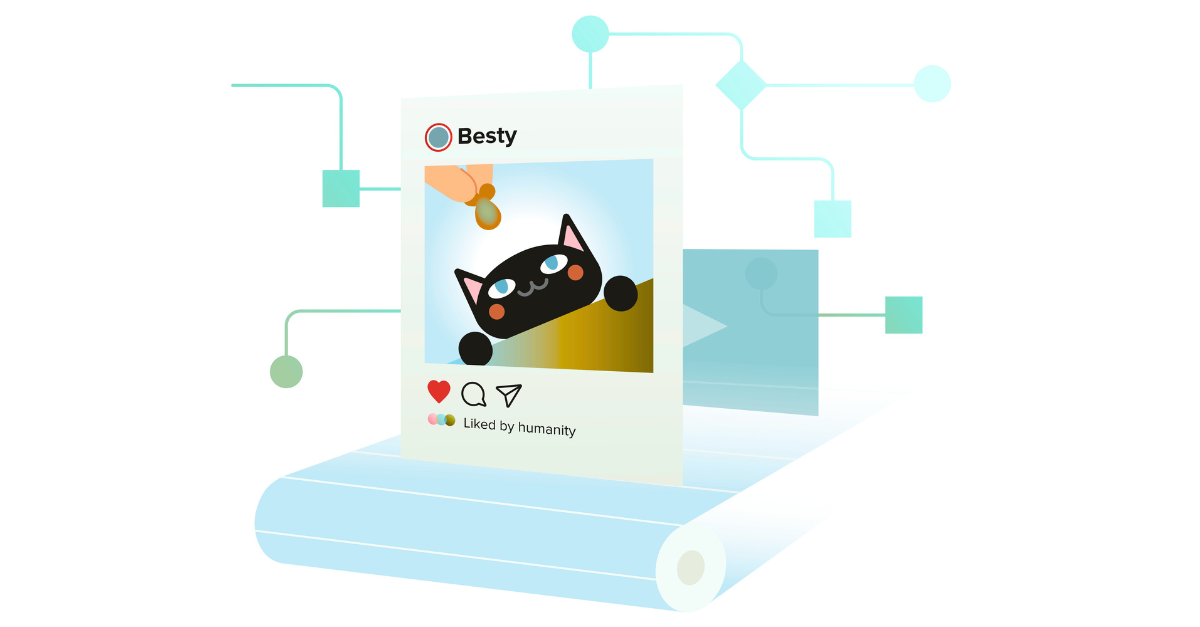Social media sits alongside content and email marketing in an ecosystem that I like to call the holy trinity of inbound marketing. When the power of these three complementary marketing channels is combined, their ability to attract, inform, and win new and repeat business is unmatched.
As we’ve previously covered on this blog, inbound marketing creates an opportunity for your prospects to present themselves as fully formed customers ready to buy your products or services without too much intervention from your sales team. It does this by delivering useful, engaging, and timely marketing content to your target audience before guiding them through your sales funnel to the point where they are ready to buy.
Why Social Media Is an Important Part of Inbound Marketing Campaign Success and Business Growth
Social media posts create opportunities to stay engaged with your audience when their minds are otherwise occupied. In some respects, they are the digital marketing equivalent of TV advertising, interrupting the viewer’s stream of consciousness and keeping your brand front of mind. But social media is so much more potent than those seemingly random TV spots.
Social media also combines the strength of two of the most powerful marketing strategies available to any business:
- Permission-Based Marketing: Like email marketing, your social media “followers” and “fans” have actively given you their permission to regularly share relevant and useful information on their timelines and For You Pages (FYPs). When they expect to see posts from your organization, why would you not consider publishing more?
- Word-of-Mouth Marketing: Social media’s “superpower” is its ability to bring people together via the communities the various platforms build. Thanks to social media algorithms, every “like,” “comment,” and “share” has the potential to place your content in front of more like-minded individuals.
5 Benefits of Social Media
There are so many reasons why social media is potentially so important to your business. Here are just five of them:
1. It builds brand awareness and establishes you as an authority in your field.
Your customers will always prefer to do business with someone they perceive as a “thought leader” or expert.
2. It provides relationship-building opportunities.
It’s called social media for a very important reason. If you are investing in social media, don’t hold back from engaging in conversations with your followers. Remember, every comment or question is a potential buying signal.
3. It improves your SEO.
Social channels like YouTube are featured prominently on Google’s Search Engine’s Results Pages (SERPs) and can help your brand drive visibility. Many other users will conduct searches on various social media networks for keywords, phrases, and hashtags. If your content is not there, you won’t be found.
4. It offers a high return on investment.
While social media will always have an investment in time and effort (and potentially money to promote those posts), it will almost certainly be cheaper than more expensive forms of acquisition marketing. But be warned; you must put in the legwork first to build your community.
5. It helps you stay up to date on industry news and trends.
Social media provides an excellent opportunity to listen to your customers and monitor their sentiment toward your brand, your competitors’ offers, and your industry as a whole.
Getting Started with the Right Social Media Platform
There are so many social media channels it would be impossible to engage with them all with any real sense of purpose. Therefore, it’s vital to select the channels that you believe your customers will be most engaged with. This doesn’t necessarily mean the channels that you personally enjoy. To help you get started, we’ve broken down the key elements of the major social media networks.
Social Media Platforms
- User Base: 2.95 billion global users.
- Demographics: Although frequently referenced as a social media platform that is particularly popular with an older demographic, 52% of Facebook users still fall into the 18 to 35-year-old age bracket.
- Best For: Sharing images and videos supported by text-based posts. Popular with both B2C and B2B brands. A powerful platform to build local, national, and international communities.
YouTube
- User Base: 2.1 billion active users.
- Demographics: Extremely popular with Millennials and Gen Z. 52% of YouTube users are under the age of 44.
- Best For: Sharing video content that is both entertaining and informative. Popular with B2C and B2B brands. A powerful platform to share “how-to” or instructional videos that demonstrate your organization’s position as a thought leader in your particular industry. YouTube videos often rank highly in Google searches and, therefore, should be considered an essential aspect of your SEO strategy.
- User Base: 2.35 billion active users.
- Demographics: Dominated by the Millennial and Gen Z audience, with 61.6% of users aged between 18 and 34.
- Best For: Sharing images (supported by text posts) and video reels. Popular with B2C brands and influencers in highly visible industries, including arts and crafts, fashion, food, and travel.
TikTok
- User Base: 1 billion active users.
- Demographics: A very youthful audience, with 71% of users under the age of 35.
- Best For: Sharing short, entertaining, and informative video reels and live streams. A powerful resource for promoting businesses in the entertainment industry (musicians, comedians, etc.) and retailers of low-cost gifts, “innovative” products, and gadgets.
- User Base: 330 million active users.
- Demographics: A slightly older demographic than some other social media channels. Some 52.9% of Twitter users are aged between 25 and 49 years old.
- Best For: Ideal for sharing regular blog updates and images. Very popular with media personalities, publishers, and news organizations.
- User Base: 930 million members.
- Demographics: The business social network. 36% of US adults between the age of 30 and 49 years old use LinkedIn.
- Best For: Sharing B2B thought leadership marketing content and job opportunities.
- User Base: 463 million active users.
- Demographics: 58% of Pinterest users are aged between 18 and 34, with more than 76% identifying as female.
- Best For: A creative community ideal for sharing images to inspire creative, culinary, or craft-related projects.
Content Is King
Once you’ve selected the right social media platforms for your business, it’s time to start creating content. This is where the hard work really begins.
Your social media content strategy needs to do three things:
- Promote useful, engaging, and relevant content. This should potentially drive people back to your website and encourage them to join your email marketing list.
- Add personality to your brand. Remember, people buy from people they like and trust.
- Create an opportunity for further engagement. It’s called social media for a reason.
How Can emfluence Help?
We don’t need to tell you that creating content is difficult. Maintaining a consistent cadence in your content production is even more challenging. Working with an agency partner that understands how to plan, create, and deploy engaging, informative, and timely content will ease that process. But when that agency also knows the strengths, weaknesses, opportunities, and threats of each social media network and how they can be integrated into your more comprehensive content and email marketing ecosystem, building an engaged, responsive, and potentially profitable online community becomes so much easier.
To learn more about how the marketing experts at emfluence can help you become a more active social media marketer, contact us today.



